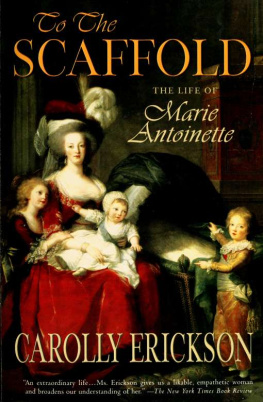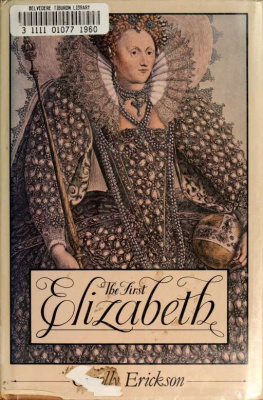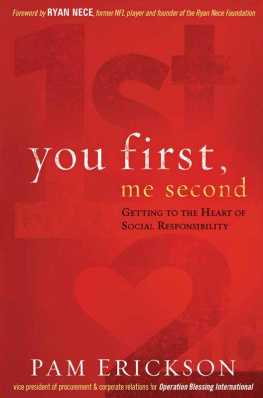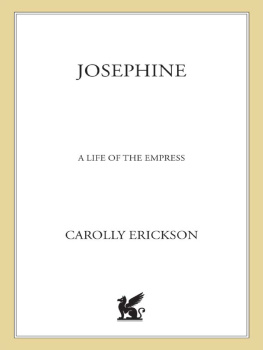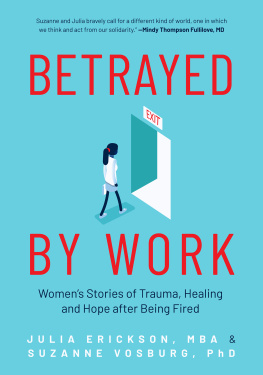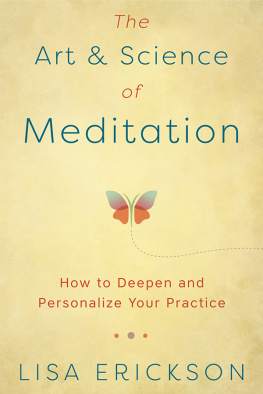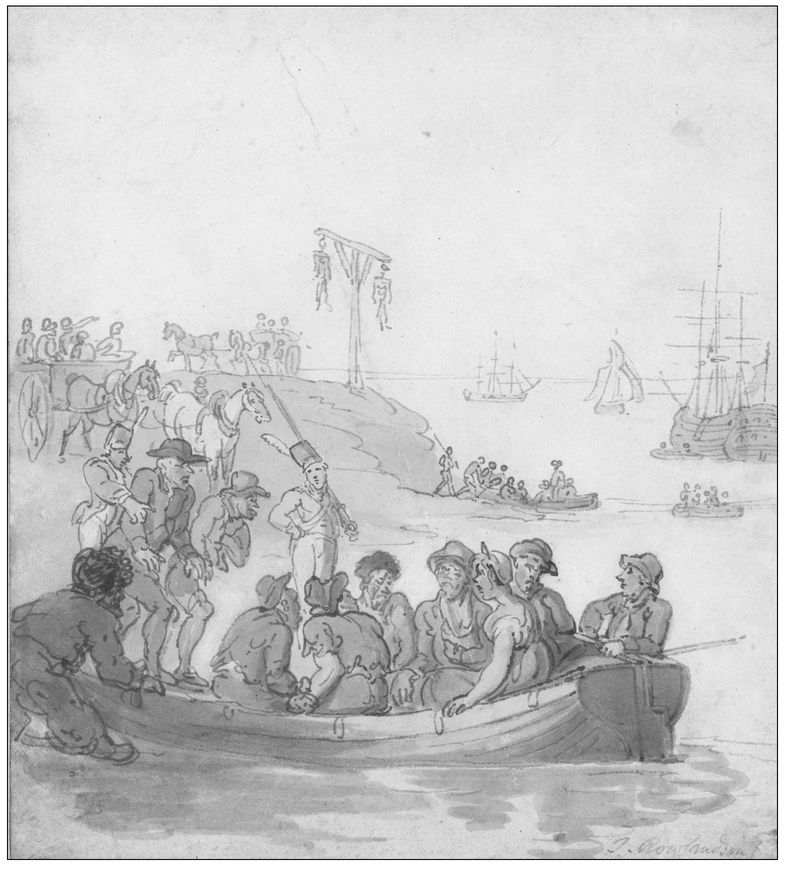Table of Contents
Convicts embarking for Botany Bay by Thomas Rowlandson (1756-1827)
(by permission of the National Library of Australia)
I
A SHARP SALT wind rose off the estuary, stirring the bare branches of the trees along the riverbank and driving the gulls that swooped and dove beside the ferry toward the sodden foreshore. Passengers were disembarking from the ferry, making their way along the high road in the direction of Plymouth Dock, walking briskly against the wind and looking nervously toward the margins of the road, keeping watch for menacing characters.
The road was crowded on this raw January day in 1786, market carts trundling past, laborers headed for the hiring fair, shoppers bound for the establishments of milliners and drapers, ironmongers and tailors. Plymouth was the greatest entrept in the West Country; its harbor sheltered trading vessels from Virginia and the West Indies as well as France, Spain and the Netherlands. Goods in great variety were on display in its shops, and provincial travellers arriving from Cornwall on the ferry brought with them thick purses and wallets filled with coins and notes to spend.
Ascending the road as it led up from the dock was Agnes Lakeman, a young, well-dressed woman travelling alone, clutching her cashmere shawl, the ribbons of her black silk bonnet tossed and blown by the constant wind. She wore gold rings, and a gold necklace gleamed at her throat. She walked more slowly than the other passengers leaving the ferry, and before long she had fallen behind them. Her eyes were on the uneven surface of the road. She did not notice the women approaching her until it was too late to escape them.
There were three young women, one of them tall and dark-haired, the others of average height, all robust and carrying staves, all dressed in the cheap, flashy capes, skirts and high boots of highwaywomen.
They surrounded Agnes and demanded her silk bonnet, her jewelry and other valuables. She screamed and struggled, and the tallest of the highwaywomen struck her. Terrified and in pain, Agnes handed over what her attackers demanded, and they ran off, leaving her bleeding on the road.
In time other passengers from the ferry came upon Agnes where she lay, helped her up, and heard her story. They set up a hue and cry for the three highwaywomen, who were at length discovered at a low tavern, spending some of the nearly twelve pounds they had gotten from the sale of Agness property. The highwaywomen were seized and turned over to the local magistrate, who locked them up in Plymouth jail.
The leader of the trio, Mary Broad, had been in jail before, but only for picking pockets and stealing fruit. She had been a mere girl then, scarcely out of childhood. Now, however, she was twenty, nearly twenty-one, and her crime was far more severe. Highwaywomen were hanged, she had seen them hanged, arms pinioned behind their backs, legs tied together, nooses around their necks. She had watched them fall through the trapdoor and heard their necks snapand sometimes, when their necks did not snap right away, she had seen their agony, their legs jerking horribly, their faces purple with engorged blood, as they slowly strangled to death.
She knew what it was to be hanged, to die, to have ones corpse displayed at the crossroads, stinking and full of corruption, in full view of passersby.
She had always known the price criminals paid for their trespassyet she had also known, for everyone knew, that most thieves and highwaywomen and smugglers were never caught. And if they were not caught, they could not be tried or hanged. So, at fourteen, she had run away or allowed herself to be led away, far from home, into the dim protecting wildness of the forest where the outlaw bands lived.
There, at least, she had been well fedunlike her earlier life in her parents cottage, where food had always been scarce. In the forest, with the poachers and the runaways, the outcasts, the madmen and rebels, she had always had enough. She thought of herself as a forest dweller, one who lived outside the pale. She had chosen that life, yet it often seemed as if it had been thrust upon her, by her parents poverty, by the widespread want in the town in which she lived, by the repeated failure of the harvest and the high taxes demanded by the kings officers.
Times were very hard, and if she and her companions Mary Haydon and Catherine Fryer could make nearly twelve pounds by robbing a fat rich farmwife on the high road, then they had a right to try. Or so Mary Broad thought as she sat, shivering, on the cold stone floor of her cell in Plymouth jail, waiting to be delivered to Exeter Assizes for her trial.
Marys rebellious thoughts were commonplace in the West of England in 1786, for more and more villagers and townspeople were acting outside the bounds of law, putting themselves at risk of prosecution for acts of defiance. The unsettled times seemed to call for desperate measures, and women were often at the forefront of the agitation for change.
When grain prices rose, angry townsmen in Exeter sent their wives in great numbers to the corn market to harangue the farmers, threatening that unless prices were lowered, the women would come and take the grain by force. The farmers submitted. Only the previous year, outside the Cornish town of Bodmin, a crowd of women swarmed around a grain convoy, drove off those who were transporting the grain and carried the heavy sacks off to their villages. Famine, in their view, had its own imperatives; if the law stood in the way of the fair distribution of grain, then the law had to be flaunted.
All crime, especially theft, was on the increaseor so contemporaries believed. The citizenry was thought to be increasingly refractory to government, insolent, and tumultuous. Deference to authority was on the wane. The lower orders envied those above them, and did not hesitate to act out their resentment by violent means.
Only six years earlier, in the summer of 1780, London had been in an uproar. For seven days, from June 2 on, rioters ran amuck, stripping distilleries and imbibing their contents, ransacking armories, burning private houses, looting homes and chapels, breaking into jails and freeing prisoners to join in the unstoppable rampage. No one was safe. Terrified citizens locked themselves in their houses and barred their doors, but there was no escaping the destruction. Seventy houses were reduced to smoldering ashes, four jails went up in flames. Downing Street came under assault, as did the Bank of England. King George called out the militia, and ultimately troops fired on the mob, killing hundreds, but not before nearly nine hundred Londoners had died and many more had been left injured.
The time of terror, which had been triggered by mass protest over a parliamentary bill ending long-standing legal restrictions against Catholics, was only the most alarming and the most prolonged in a series of riots in the capital, one every other year or so, for the past several decades. And the violence in London was paralleled by frenzied attacks in provincial areas. Skilled laborers in Nottinghamshire armed themselves and tore down factories, breaking machines and vowing not to stop until they had destroyed every mechanical device in England. Mobs set the homes of wealthy factory owners on fire. Judges and magistrates dwellings were attacked. Gangs threatened the peace of the streets in towns small and large, until the line between criminality and civil anarchy was blurred, and many wondered whether England would ever know settled times again.



